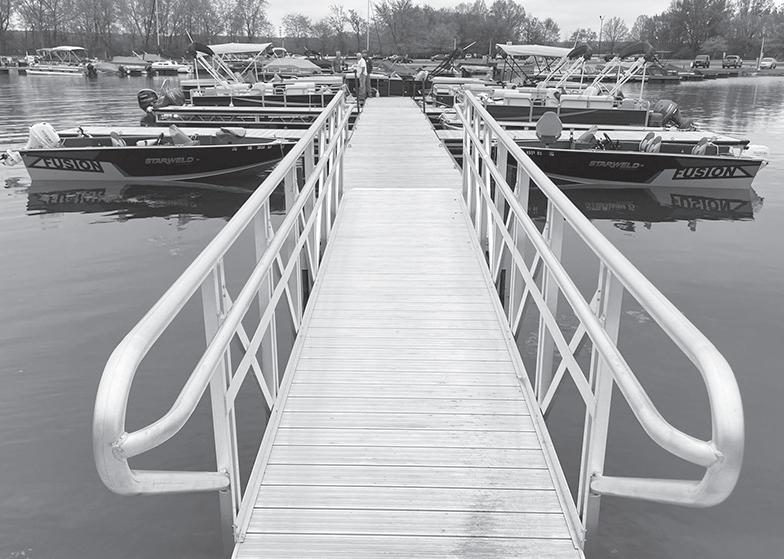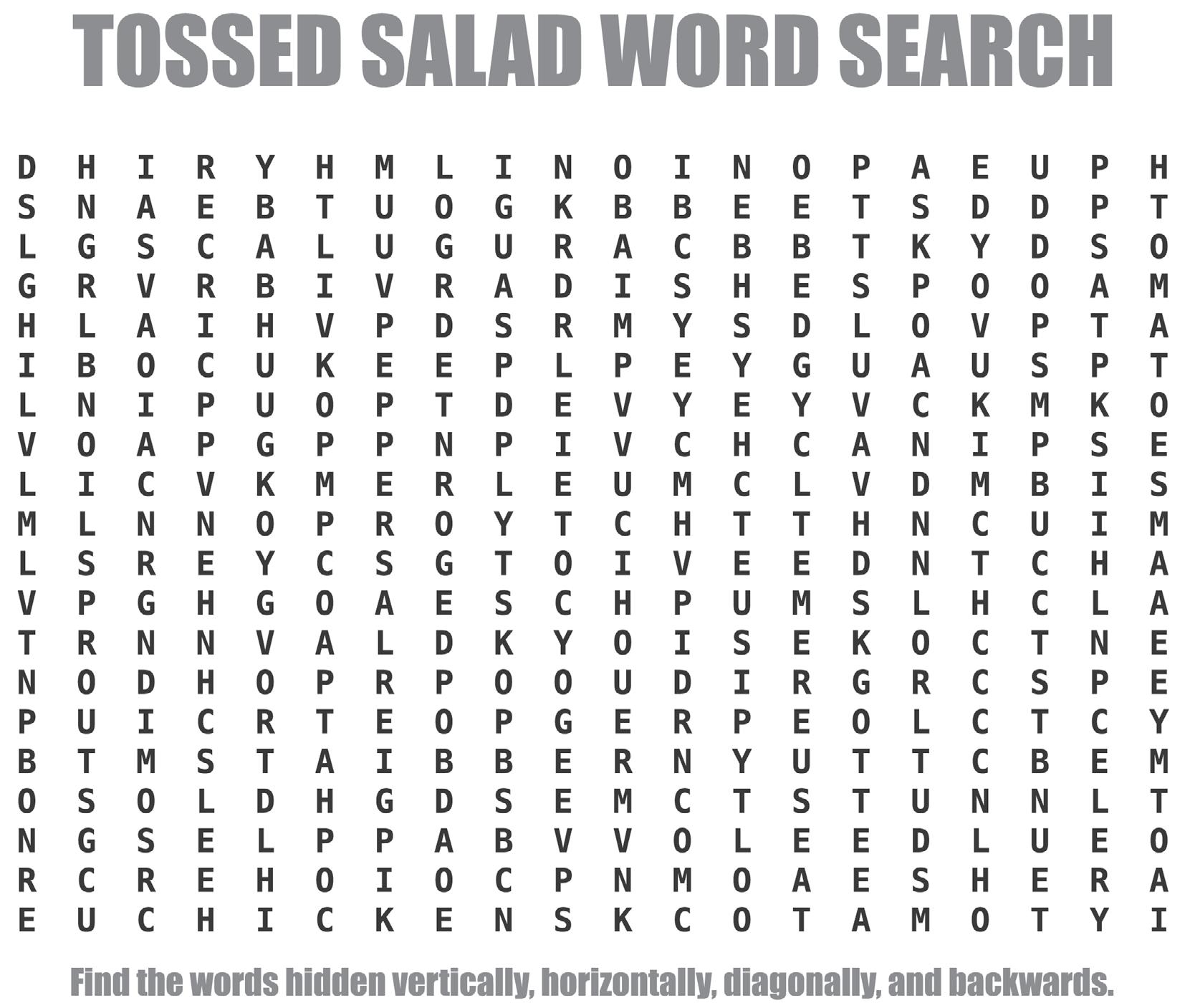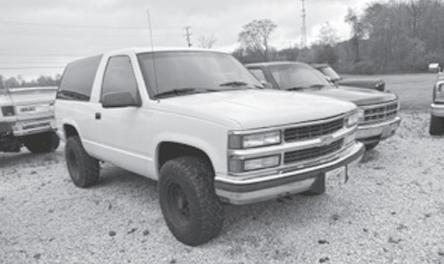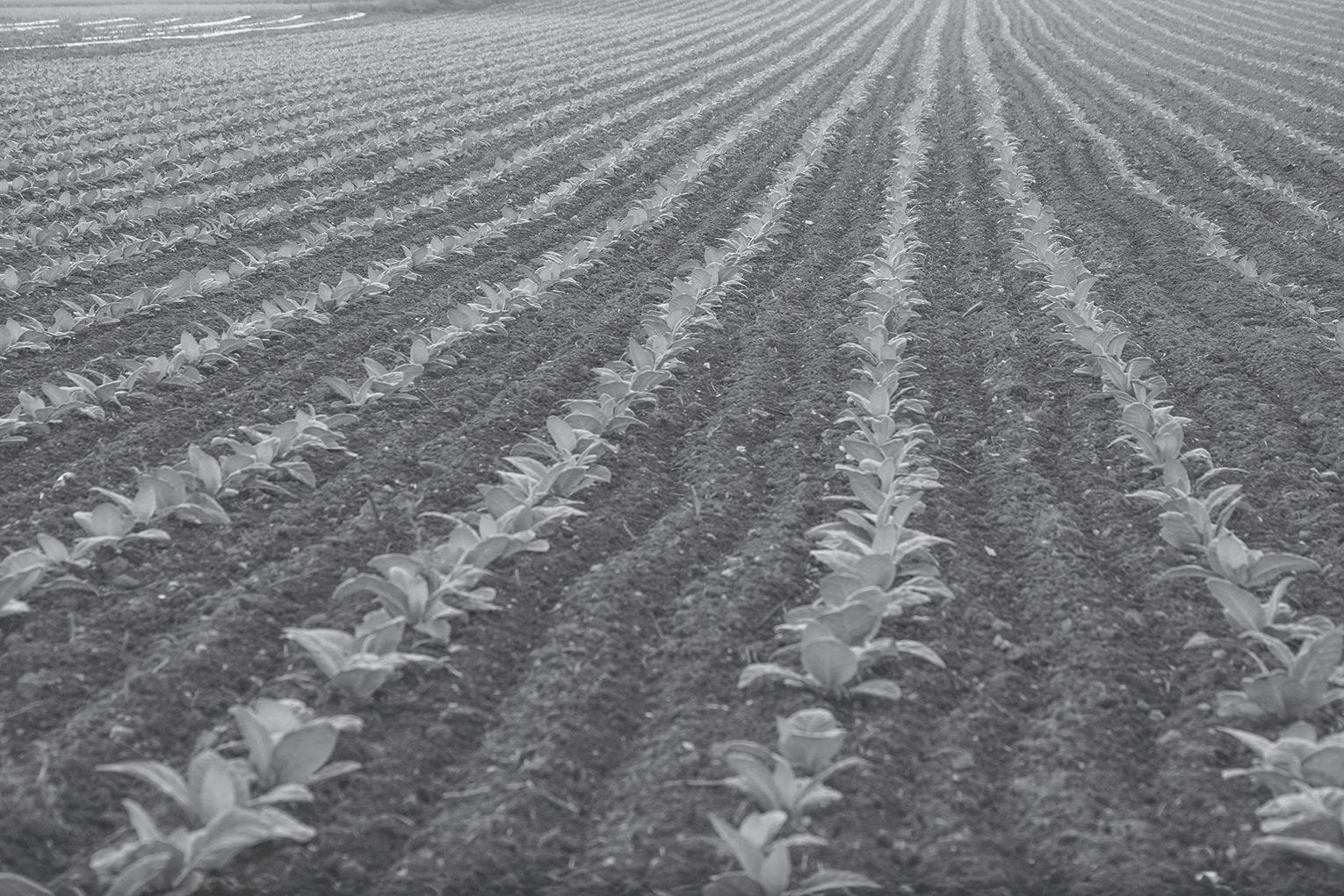
3 minute read
Cleaning up Lake Erie, robot style Honest work
his Fairfield County farm for an annual field day. He also operated Walnut Creek Seeds, a cover crop seed business that he ran with his son, daughter-in-law and grandson.
Beginnings. Brandt grew up in agriculture, working on his grandfather’s farm. In high school, he milked cows and managed a farrow-tofinish swine operation, according to a Farm and Dairy story on Brandt from 2016.
Advertisement
By Rachel Wagoner rachel@farmanddairy.com

Some know David “Dave” Brandt as a pioneer in no-till, cover crops and soil health. He was a mentor for many farmers and a friend to many more.
Others outside the farming world knew him from a popular meme with a photo of Brandt is his trademark bib overalls and baseball cap, standing before a field of corn, that reads “It ain’t much but it’s honest work.”
Brandt was also a husband, father, grandfather and a “genuine human being,” according to one friend.
Brandt, of Carroll, Ohio, a national leader in regenerative farming practices, died May 21 from injuries sustained in a car crash May 18 in Illinois. He was 76.
He led by example, practicing what he preached about soil health at events across the country and welcoming hundreds of people onto
After high school, he served as a Marine in Vietnam. Shortly after he returned home from the war, his father was killed in a tractor accident. The family was forced to sell the farm, and David and his wife, Kendra, had to start over as tenant farmers.
Brandt was an early adopter of no-till and using cover crops, mostly out of necessity. In 1971, with no tillage equipment to speak of, they took a chance on no-till, and later cover crops, as a way of grain farming without all the equipment. In the early years, he also raised Charolais cattle and pigs in a farrow-to-finish operation.
He started using cover crops in 1978 as a way to break up soil compaction. Other farmers were skeptical, even critical of Brandt’s “farming in the weeds,” he called it. But the proof was in the pudding, as they say.
Over the years, Brandt built up the organic matter on his home farm to an average of 8.7%. He stopped using fungicides and insecticides. He significantly reduced the need for fertilizer. His
(Continued on Page A3)
By Nella Citino nella@farmanddairy
Lake Erie is the shallowest and smallest of the five Great Lakes. It is also the most polluted.
In the early 1900s, Lake Erie was a major source of drinking water and recreation for the people who lived along its shores. By the 1960s, the lake had become heavily polluted.
By 1969, the Cuyahoga River, which flows into Lake Erie, had caught fire, which led to the passage of the Clean Water Act in 1972. The Clean Water Act has helped to reduce pollution in Lake Erie, but the lake is still not as clean as it once was.
Part of the pollution problem is plastic. Twenty-two million pounds of plastic enter all of the Great Lakes each year; however, about half of that goes into Lake Erie.
Robot cleanup. Recently, two trash removal devices were purchased to fight against plastics, small pieces of contaminants and general litter. One is for the water, and the other is for the sand. The robots are efficient, effective and environmentally friendly, and they are a valuable tool for cleaning up Lake Erie and other waterways.
Jill Bartolotta is extension educator with the Ohio Sea Grant College Program.
“It will have significant impact,” she said, “and they have the potential to make a real difference because this technology is environmentally friendly.”
The new machine technology that sifts through sand is called a BeBot and is a remote-controlled robot that can rake the sand and collect plastic litter, cans, food wrappers, cigarettes or plastic toys. It can go about 2 to 4 inches deep in the sand, sift through particles, and capture anything bigger than about 4 mm in size, or the thickness of a plastic ID card.
The Pixie Drone is the other technology that will be deployed to help clean up the lake and waterways. It is able to remove trash from areas that are difficult or dangerous for people to access in the water, and it can do it quickly and efficiently. It can pick up to 200 pounds of trash before it needs to be emptied.
Training. Bartolotta is excited to have these new devices available for not only cleaning up the lake, but also to help students who will be trained for this work. She says Cuyahoga Community College students will eventually put together a training manual and career materials for this new technology.
The project was a collaboration of the Great Lakes Plastic Cleanup,

(Continued on Page A15)









